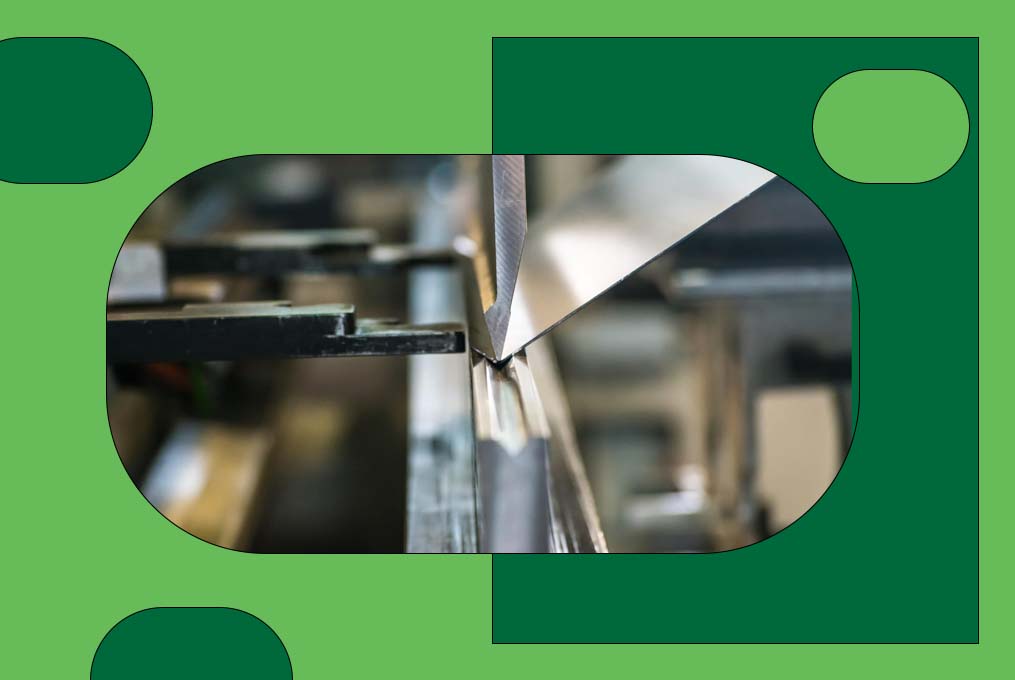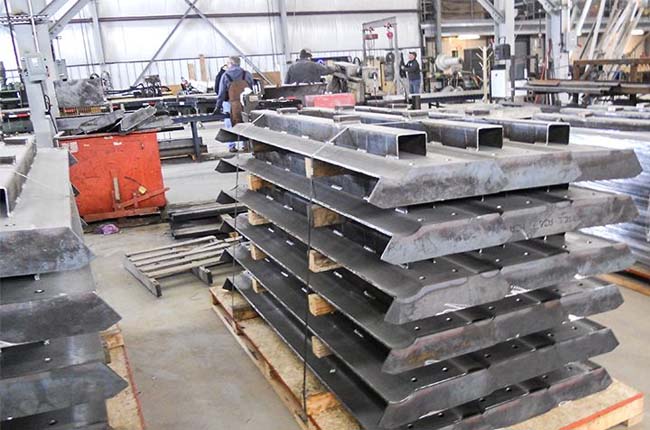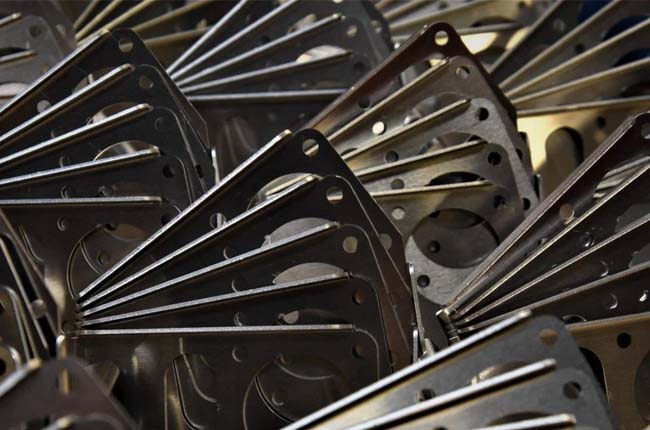Addressing Common Misconceptions about Sheet Metal Fabrication Processes

Sheet metal fabrication is an essential part of many industries, including automotive, construction, electronics, and electricals. However, despite its widespread use, there are many misconceptions about sheet metal fabrication processes. These misunderstandings can lead to confusion and misinformed decisions. In this blog, we will address some of the most common misconceptions about sheet metal fabrication to help clarify the reality of this important industry.
Misconception 1: Sheet Metal Fabrication is Only for Large-Scale Production
One common misconception is that sheet metal fabrication is only suitable for large-scale production runs. While it is true that sheet metal fabrication is often used for mass production, it is also highly versatile and can be used for small-scale projects.
Many fabricators offer services for custom and low-volume orders. This flexibility makes sheet metal fabrication accessible for a variety of needs, from individual prototypes to large production batches.
Misconception 2: Sheet Metal Fabrication is Expensive
Another misconception is that sheet metal fabrication is always expensive. The cost of sheet metal fabrication can vary widely depending on the complexity of the design, the type of metal used, and the quantity being produced. However, advances in technology have made the process more efficient and cost-effective.
Automation, computer-aided design (CAD), and computer numerical control (CNC) machines have reduced labor costs and material waste, making sheet metal fabrication more affordable for a range of projects.
Misconception 3: Only Metals Like Steel and Aluminum Can Be Used

Many people believe that sheet metal fabrication is limited to just a few types of metals, such as steel and aluminum. A wide variety of metals can be used in sheet metal fabrication, including copper, brass, titanium, and even precious metals like gold and silver.
Each metal has its own unique properties that make it suitable for different applications. For example, copper is highly conductive and is often used in electrical components, while titanium is strong and lightweight, making it ideal for aerospace applications.
Misconception 4: Sheet Metal Fabrication is a Slow Process
There is a belief that sheet metal fabrication is a slow and time-consuming process. While some aspects of fabrication can take time, modern techniques and equipment have significantly sped up the process. CNC machines, laser cutting, and automated bending equipment allow for rapid and precise fabrication.
These technologies enable fabricators to produce complex parts quickly and with a high degree of accuracy. This means that turnaround times for sheet metal fabrication projects are often much shorter than people expect.
Misconception 5: Quality Control is Difficult to Achieve

Some people think that maintaining high quality sheet metal fabrication is difficult. In truth, quality control is a top priority for reputable sheet metal fabricators. Advanced technology, such as precision measurement tools and quality management systems, ensure that each part meets the required specifications.
Additionally, many fabricators follow strict industry standards and certifications, such as ISO 9001, to guarantee consistent quality. Regular inspections and testing throughout the fabrication process help to identify and address any issues early on, ensuring that the final products are of the highest quality.
Misconception 6: Fabricated Parts are Weak and Prone to Failure
There is a misconception that parts made through sheet metal fabrication are weak and prone to failure. In fact, sheet metal fabrication can produce incredibly strong and durable parts. The strength and durability of the fabricated parts depend on the type of metal used and the fabrication techniques applied.
Processes like welding, riveting, and using reinforcements can enhance the strength of the final product. When properly designed and fabricated, sheet metal parts can withstand significant stress and perform well in demanding environments.
Misconception 7: Design Options are Limited

Finally, some people believe that the design options for sheet metal fabrication are limited. On the contrary, sheet metal fabrication offers great flexibility in design. Modern fabrication techniques allow for the creation of complex shapes and intricate details.
CAD/CAM, SolidWorks, Pro-E, and CATIA software enable designers to create detailed and precise models, which can then be accurately fabricated using CNC machines with automation and robots and other advanced equipment. This means that almost any design can be brought to life through sheet metal fabrication.
Wrapping Up!
Understanding the realities of sheet metal fabrication processes can help dispel common misconceptions and highlight the versatility and efficiency of this essential industry. Whether you need a custom prototype or a large production run, sheet metal fabrication offers a reliable and cost-effective solution.
By using modern technology and skilled craftsmanship, fabricators can produce high-quality parts that meet a wide range of needs.